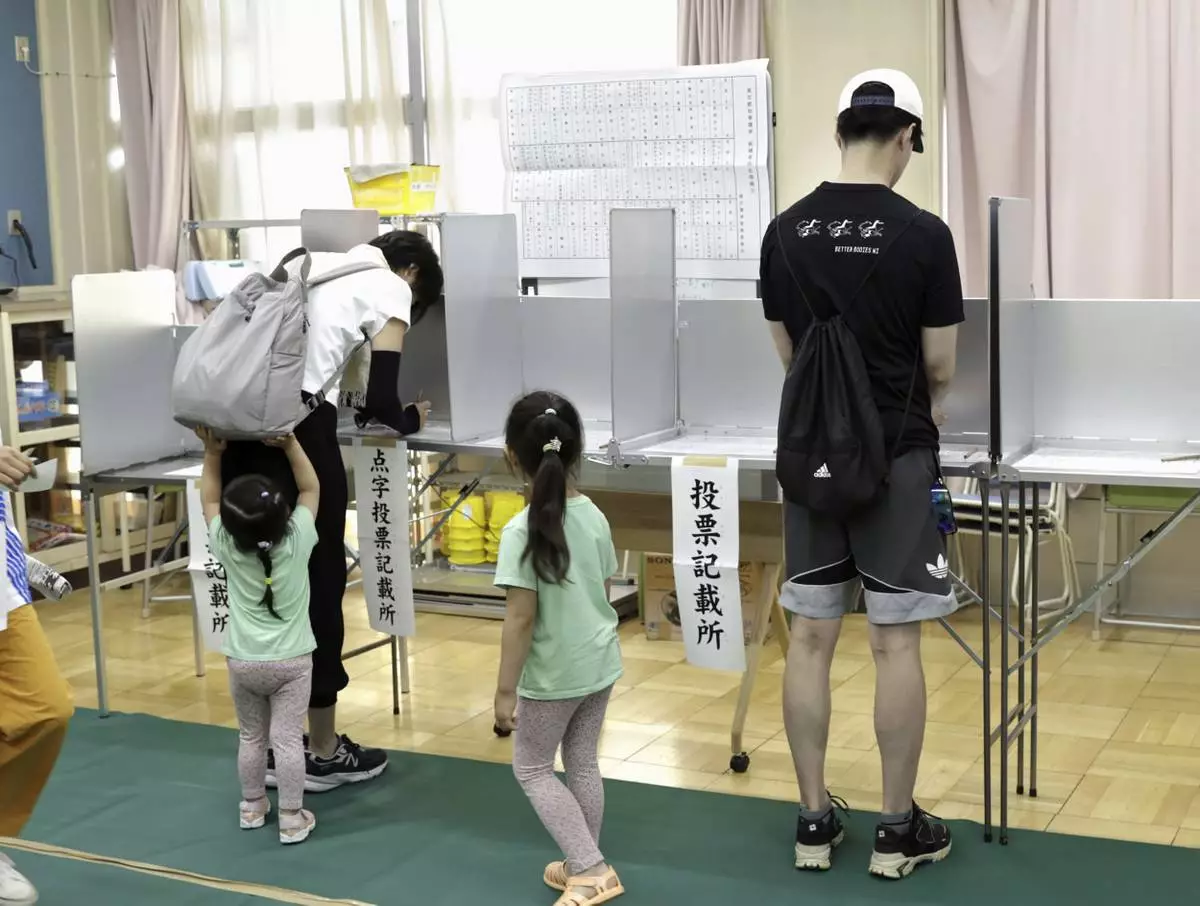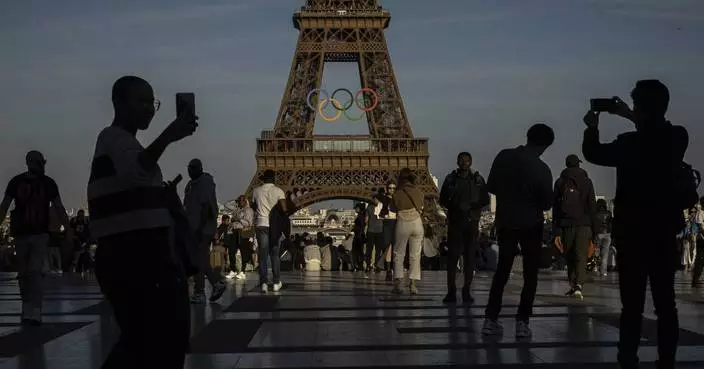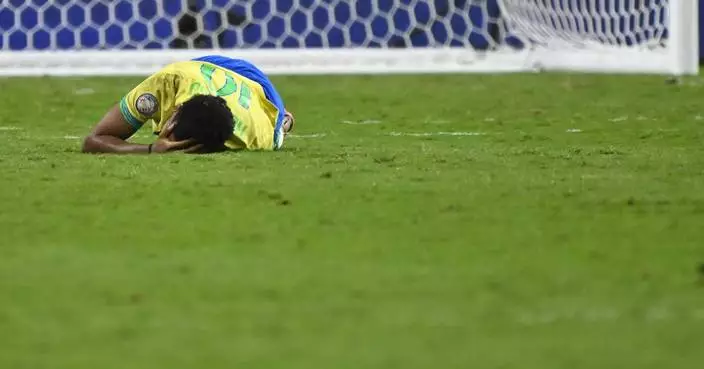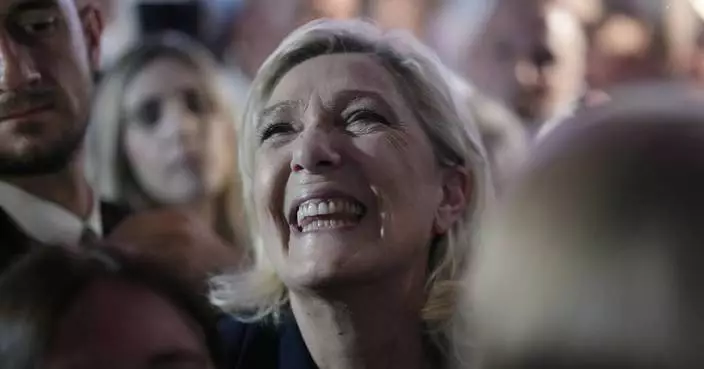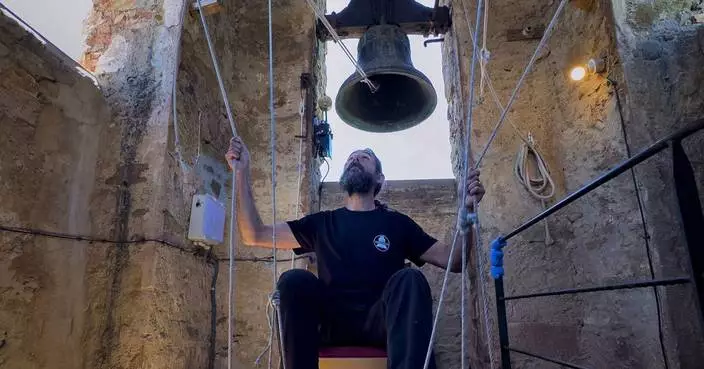KYIV, Ukraine (AP) — Ukraine’s army has retreated from a neighborhood in the outskirts of Chasiv Yar, a strategically important town in the eastern Donetsk region that has been reduced to rubble under a monthslong Russian assault, a military spokesperson said Thursday.
Chasiv Yar is a short distance west of Bakhmut, which was captured by Russia last year after a bitter 10-month battle. For months, Russian forces have focused on capturing Chasiv Yar, a town which occupies an elevated location. Its fall would put nearby cities in jeopardy, compromise critical Ukrainian supply routes and bring Russia closer to its stated aim of seizing the entire Donetsk region.
The Ukrainian army retreated from a northeastern neighborhood in the town, Nazar Voloshyn, the spokesperson for the Khortytsia ground forces formation, told The Associated Press in a written message Thursday.
Ukraine's defensive positions in the town were “destroyed,” he said, adding that there was a threat of serious casualties if troops remained in the area and that Russia did not leave “a single intact building.”
Months of relentless Russian artillery strikes have devastated Chasiv Yar, with homes and municipal offices charred, and a town that once had a population of 12,000 has been left deserted.
Oleh Shyriaiev, commander of the 255 assault battalion which has been based in the area for six months, said after Russian troops captured the neighborhood, they burned every building not already destroyed by shelling.
Shyriaiev said Russia is deploying scorched-earth tactics in an attempt to destroy anything which could be used as a military position in a bid to force troops to retreat.
“I regret that we are gradually losing territory,” he said, speaking by phone from the Chasiv Yar area, but added, "we cannot hold what is ruined.”
Russian troops outnumber Ukrainians 10-to-1 in the area but Shyriaiev suggested that, even with that ratio, they have not been able to make significant progress in the past six months of active fighting.
The intensity of Russian strikes on Ukraine’s defensive line in the area of Chasiv Yar has increased over the last month, Voloshyn said.
In the past week alone, Voloshyn said Russia has carried out nearly 1,300 strikes, fired nearly 130 glide bombs and made 44 ground assaults.
Other Russian attacks in recent weeks have focused on capturing nearby settlements that would allow them to advance to Kramatorsk and Sloviansk, the biggest cities in the Ukrainian-controlled part of the Donetsk region.
Ukrainian commanders in the area say their resources remain stretched, largely due to a monthslong gap in military assistance from the United States which threw Ukraine's military onto the defensive.
Shyriaiev, the assault battalion commander, said ammunition from allies is arriving, but more slowly than needed by the army.
“We are determined to hold on to the end,” said the commander, who has been fighting on the front line since the outbreak of the war.
Elsewhere, Russia launched 22 drones over Ukraine the previous night and nearly all of them were shot down, according to the air force’s morning update. One hit a power infrastructure facility in the northern Chernihiv region, leaving nearly 6,000 customers without electricity, said the governor, Viacheslav Chaus.
Russia is continually targeting Ukraine’s badly damaged energy infrastructure, resulting in hours of rolling blackouts across the country. Ukrainian officials have warned that the situation may worsen as winter approaches.

In this photo taken from video released by Russian Defense Ministry Press Service on Wednesday, July 3, 2024, a glide bomb is seen under the wing of a Su-34 bomber of the Russian air force during a combat mission in Ukraine. The Russian military has increasingly relied on glide bombs that can be launched at a safe distance from Ukraine's air defenses to strike Ukrainian positions. (Russian Defense Ministry Press Service via AP)
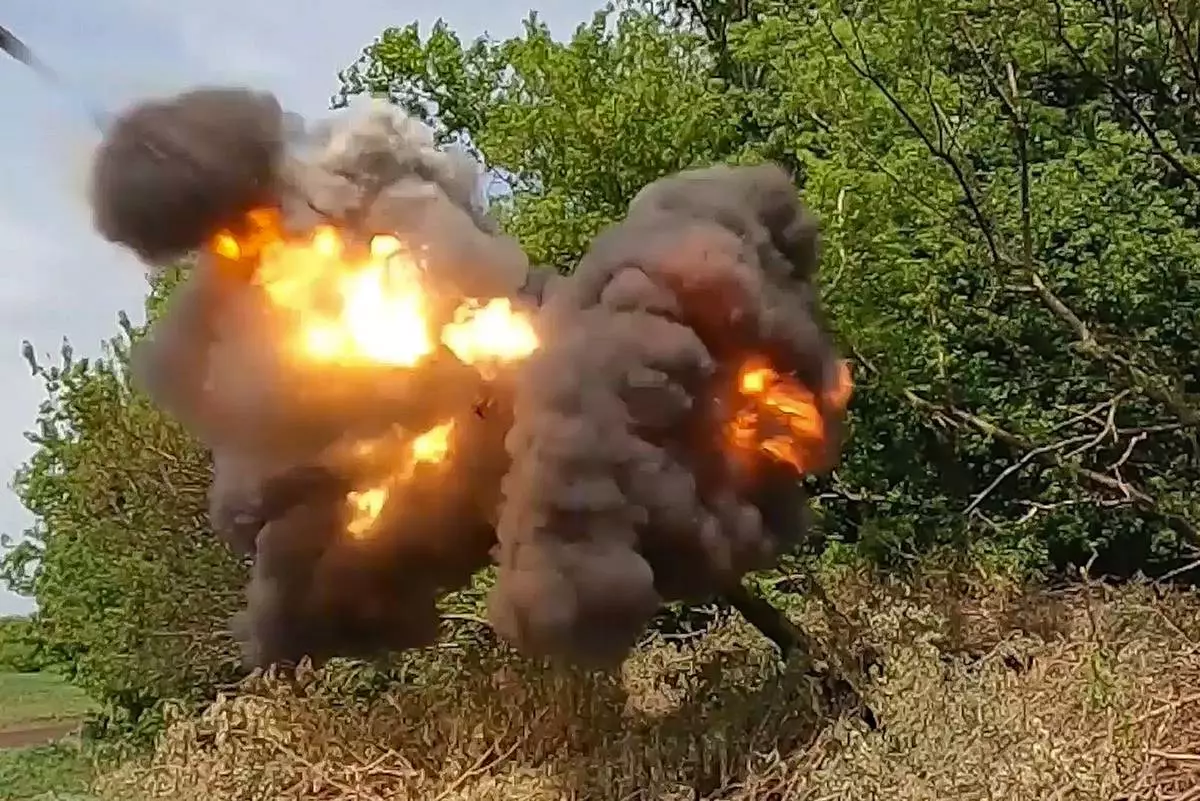
In this photo taken from video released by Russian Defense Ministry Press Service on Wednesday, July 3, 2024, Russian soldiers fire from their 152-mm «Giatsint-B» howitzer from their position at Ukrainian troops at an undisclosed location in Ukraine. (Russian Defense Ministry Press Service via AP)

In this photo taken from video released by Russian Defense Ministry Press Service on Wednesday, July 3, 2024, Russian soldiers fire from their 152-mm «Giatsint-B» howitzer from their position at Ukrainian troops at an undisclosed location in Ukraine. (Russian Defense Ministry Press Service via AP)
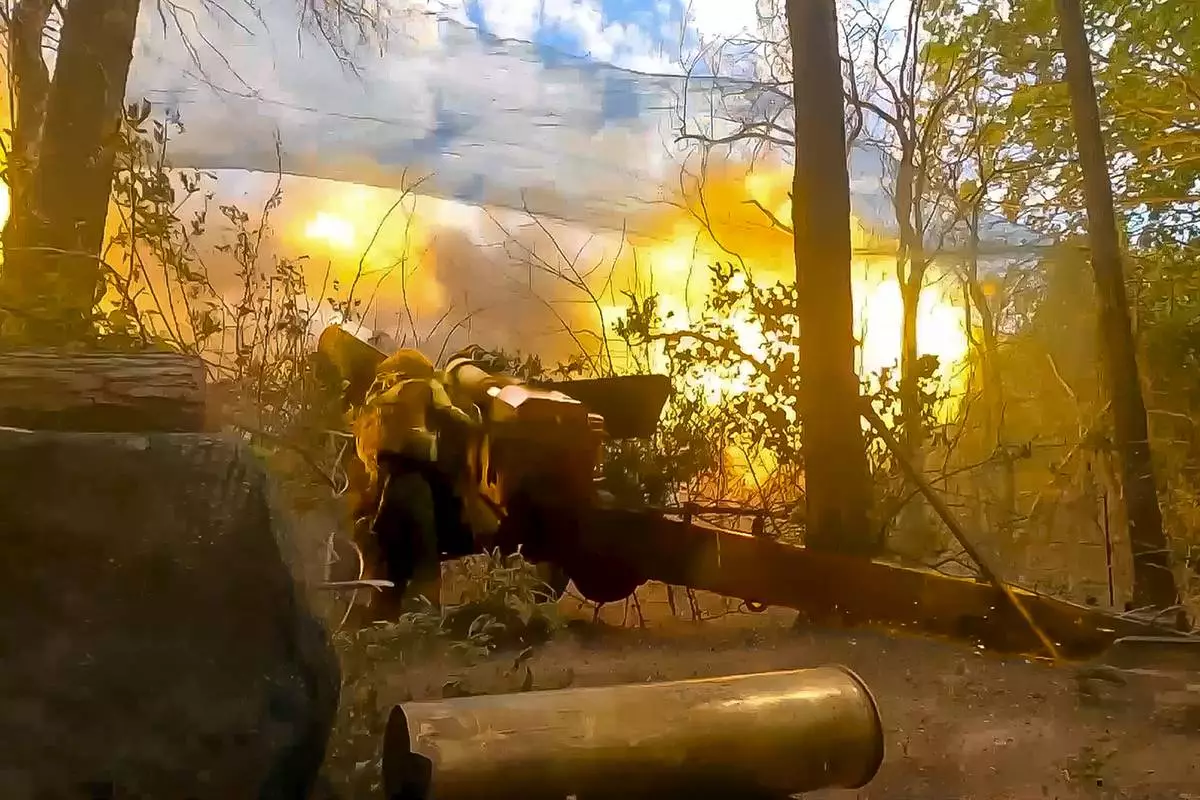
In this photo taken from video released by Russian Defense Ministry Press Service on Wednesday, July 3, 2024, Russian soldiers fire from their 152-mm «Giatsint-B» howitzer from their position at Ukrainian troops at an undisclosed location in Ukraine. (Russian Defense Ministry Press Service via AP)



